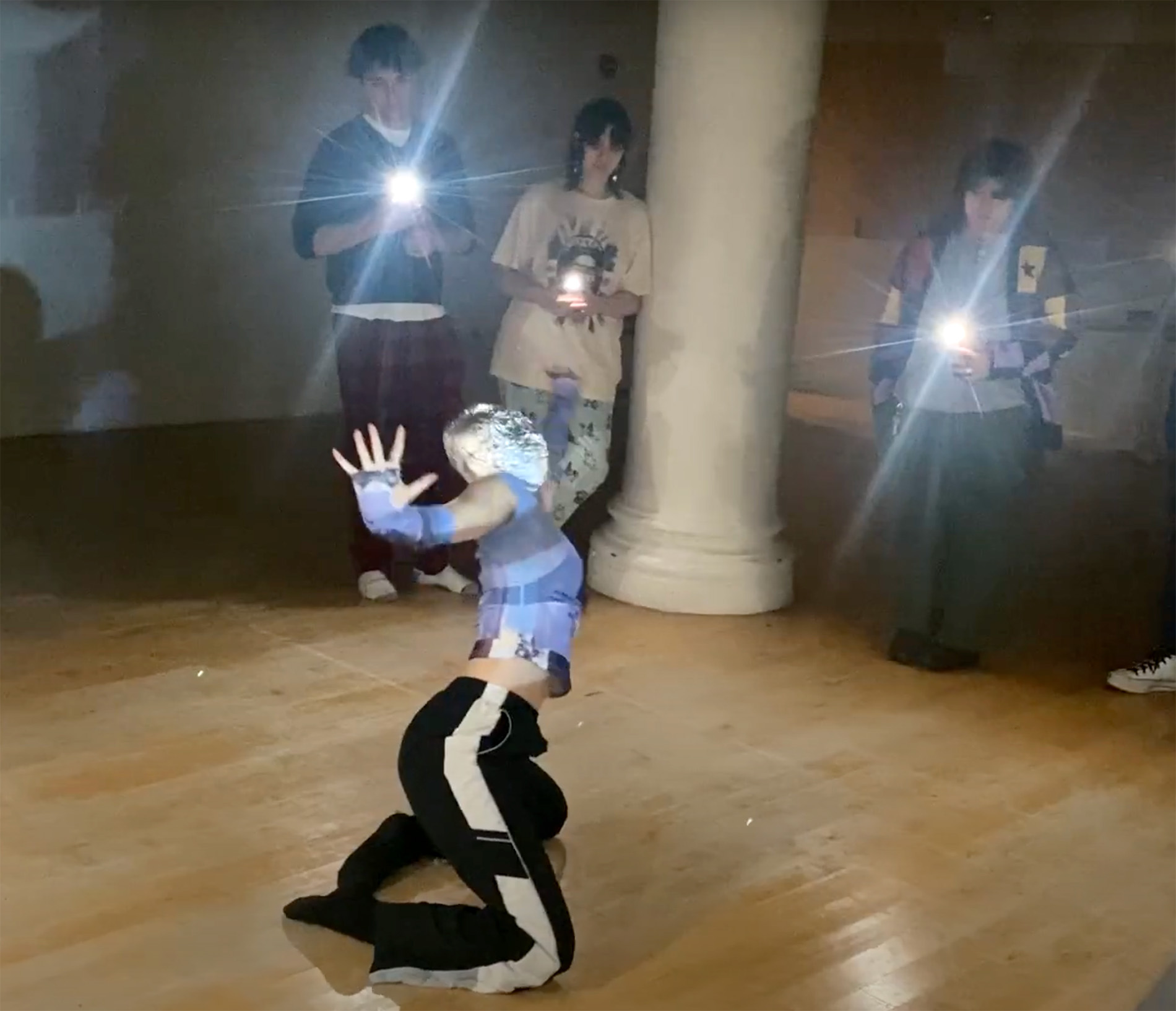Program Overview
The Collaborative Arts BFA is a course of study designed for a diverse group of versatile, curious, and enterprising undergraduates. We value creative cooperation, theoretical rigor, hands-on experimentation and radical revision. We prioritize process as a method of self-discovery and often encourage our students to try before they completely understand how or why.
Students in the Collaborative Arts BFA are required to practice and learn a variety of art disciplines and are expected to emerge as multidisciplinary artists and performers. They are seeking a curriculum that emphasizes breadth, integrates theory with practice and rewards the artist who is able to dream up projects and work with others to realize them. The Collaborative Arts BFA appeals to students who are passionate about working in the arts across disciplines.
Authoritative curriculum information can be found exclusively in the University Bulletin. All other content, including this web-page, is for informational purposes only. You can find the curriculum for this program on this page of the Bulletin.
First Year Core Curriculum (24 Credits)
Our first year core curriculum introduces students to the fundamentals of performance, movement and acting, visual art and filmmaking, emerging media and technology, music production, fabrication, playwriting, screenwriting, and art theory. All of the courses below are required:
